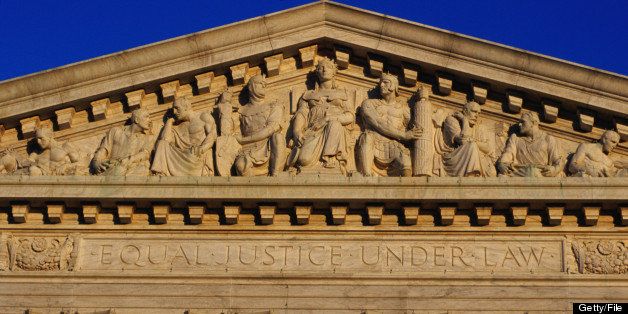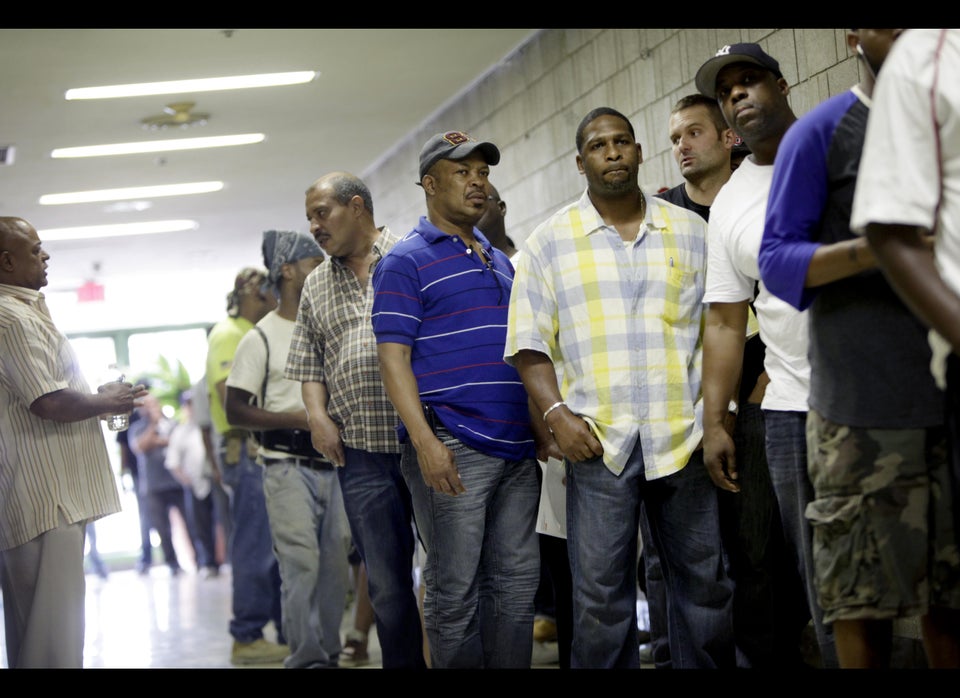
Ever since the War of the States, Congress and the Supreme Court have clashed over the question of civil rights. Congress would move to guarantee certain rights for black Americans and the Supreme Court would turn around and limit those rights. At other times, the Supreme Court would expand these rights only to have Congress ignore them.
An instructive example: At the Civil War's end, Congress passed the most sweeping civil rights legislation this nation has ever seen, and the Supreme Court swiftly moved to stifle the reach of those laws. Its rulings in the late 1800s 2013 most notable in Plessy v. Ferguson -- would usher in nearly a century of Jim Crow.
Conversely, the path to civil rights reveals points where the Supreme Court has grown impatient with Congress' unwillingness to protect the rights of black citizens. The best known example of this, of course, was the revolutionary Brown v. Board of Education decision that dealt the knockout blow to the doctrine of separate but equal treatment for black Americans. But it would take Congress more than a decade to actually force school desegregation.
Depending on your politics and the direction of the latest ruling at any given time, the court has been either radically activist in expanding civil rights or radically activist in stepping on the legislative branch to restrict these rights.
Last month, the Supreme Court struck down a key part of the landmark 1965 Voting Rights Act, and the outcry against an activist court rang anew. Many criticized the ruling as an extreme example of judicial overreach. They said the 5-4 decision that broke down along ideological lines trumped Congress' expansive constitutional authority to enact legislation to enforce the amendments guaranteeing black Americans the right to vote and equal protection under the law.
But Lawrence Goldstone, author of "Inherently Unequal: The Betrayal of Equal Rights by The Supreme Court, 1865-1903," said in an interview that every Supreme Court Justice is an activist. The makeup of the Court has always determined its stance on civil rights. Those on the Court claiming to be strict constructionists, he said, are living out a fantasy.
"The language of the Constitution is intentionally vague; it is such that there is no one interpretation that is obvious and clear to everyone," Goldstone said. "You've got a document and you've got nine people who are reading the document and saying this is what I think it means. No one person has a monopoly on understanding and interpreting the Constitution. And so then it becomes political."
When considering last month's rulings on affirmative action, the Voting Rights Act and the Defense of Marriage Act, it is useful to take the long view of the push and pull between Congress and the Supreme Court when it comes to civil rights. The long arc of history might bend toward justice, but there's always been a lot of pendulum swinging along the way.
